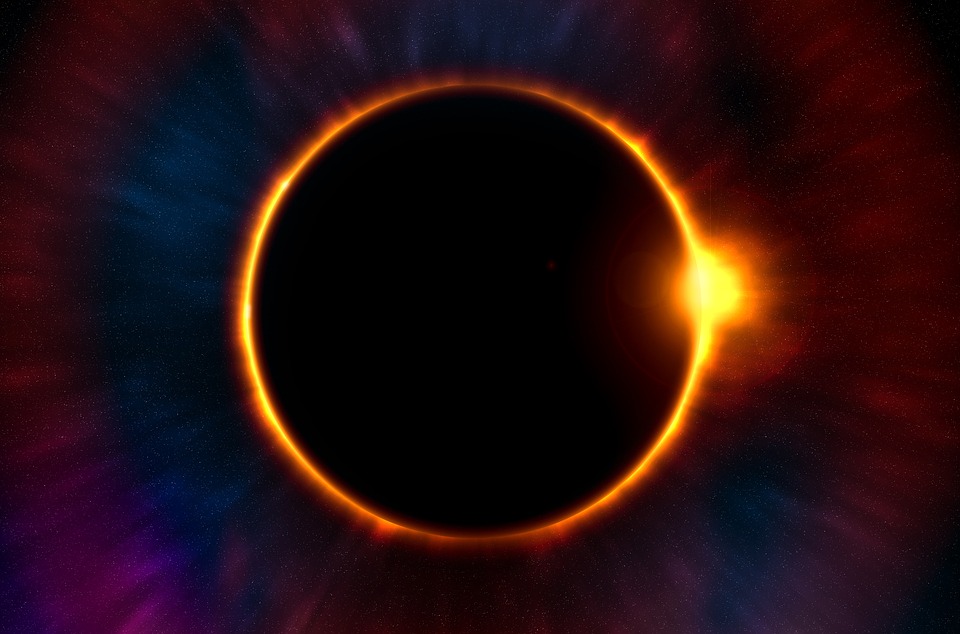On August 21, 2017, a total solar eclipse will cross the entire United States (from west to east). Fourteen US states will be lucky enough to witness it in its totality, and the other US states and Canada will be treated to a partial eclipse.
The path of totality is a narrow corridor approximately 100 to 115 km wide where the Sun will appear to be completely covered by the Moon for a short period of time (between 2 and 3 minutes). This is the most spectacular part of the eclipse, as those who are lucky enough to be in this corridor will be able to see the Sun’s corona, the chromosphere, prominences and streamers. Proper eye protection is essential before and after totality.
For those outside the path of totality, the Sun will appear to be partially covered by the Moon (partial eclipse), and proper eye protection is required at all times.
Will this solar eclipse be visible in Canada?
In Canada, a partial eclipse will be seen from almost every Canadian city. See the map to find out how much of the Sun’s surface will be covered by the Moon and at what time it will occur depending on your location.
How to safely watch a solar eclipse
VERY IMPORTANT! Looking directly at the Sun, without appropriate protection, can lead to serious problems such as partial or complete loss of eyesight.
During a solar eclipse, it is imperative to wear special glasses with filters designed for eclipse watching (ISO 12312-2 international standard) to prevent eye damage. Regular sunglasses will not protect your eyes sufficiently.
There are other ways to watch an eclipse – you can watch the eclipse like a 1960s school kid by making your own projector
When watching a partial solar eclipse, proper eye protection is required at all times.
When will the next solar eclipse be visible in Canada?
On August 21, 2017, a partial solar eclipse will be visible in Canada. The next total solar eclipse to be visible in Canada will occur on April 8, 2024, when the path of totality will cross Mexico, the United States and eastern Canada.
To see more please visit Canadian Space Agency
